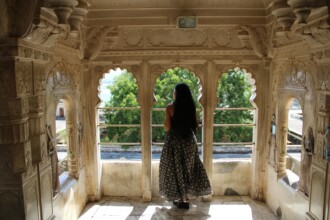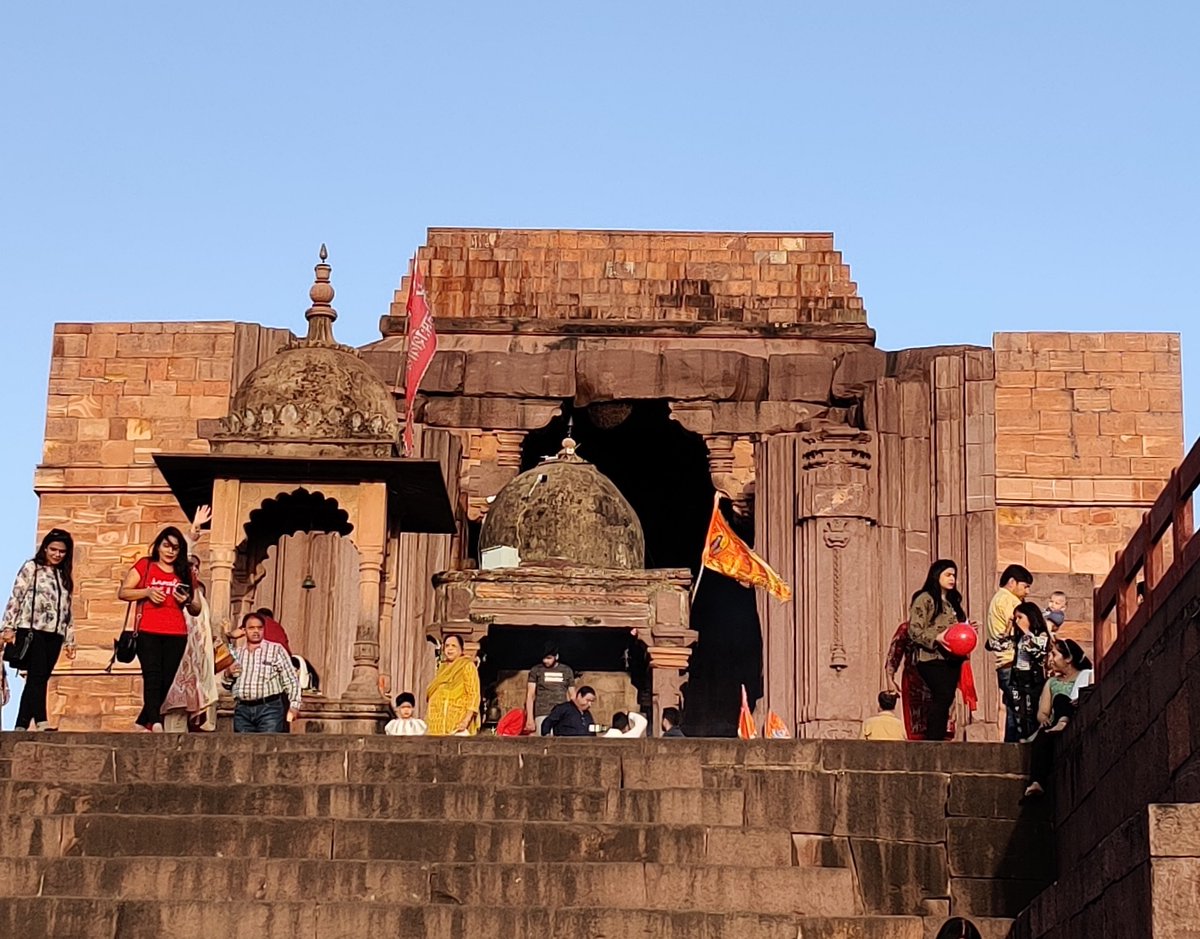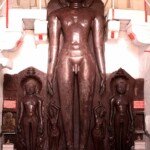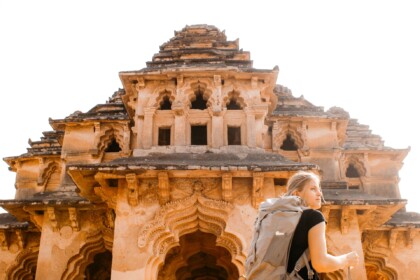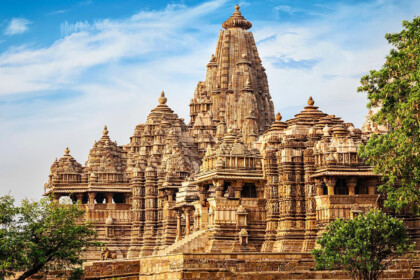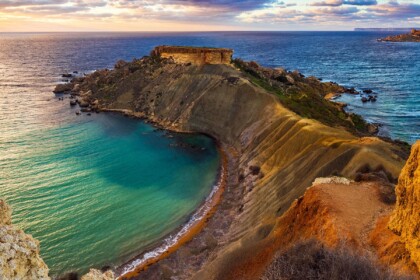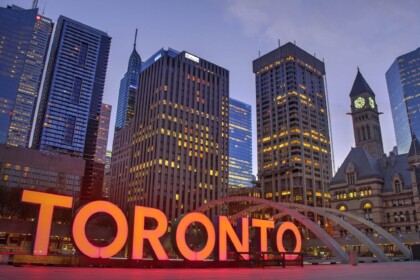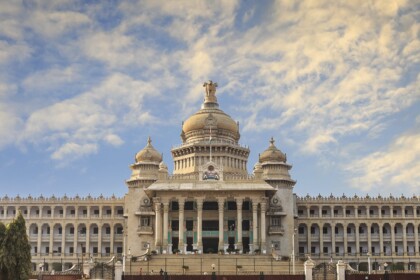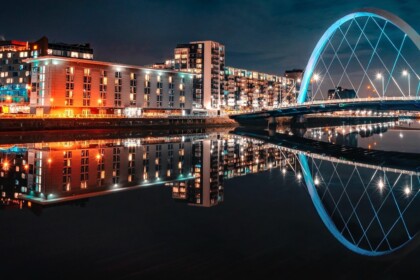Situated on the Betwa River is the Bhojpur town where is the historical temple of Lord Shiva. This is the Bhojeshwar Temple or widely known as Bhojpur Temple. It is one of the most striking temples of India. The premise of the temple houses an aura of spirituality and lavishness of architecture. This temple is also known as the Somnath of the east because of its heavy architecture and holiness to Lord Shiva. Every year this temple attracts millions of devotees and tourist, from India and abroad. Devotees regularly make a visit to this gigantic and beautiful temple. Basically, it is home to Hindusim, spirituality, and a great example of architecture.
Bhojpur is a town which lies in the Raisen district of central India state of Madhya Pradesh. The town is few kilometres away from the capital city Bhopal around a distance of 28 km. The Betwa River flows through the town, that’s why it looks like the town is present on the river. However, it covers the town pretty much in the area. Well, it is believed that the temple is constructed in the 11th century by the great King Bhoja, who was the ruler of Paramara dynasty. The temple houses a 7.5 feet long and 17.8 feet wide Lingam. This Lingam is inside the temple and it is present over a square-shaped platform which is 40 feet in height.
Tour of The Temple
This 11th-century majestic marvel is one of the finest and oldest temples of the state. Its main attraction is its unique style of construction and intelligent architecture. The core of the temple consists of a huge Lingam which is recorded as the second tallest Lingam of the country. The entire Lingam is crafted from a single stone and there are no sharp edges or any sort of joints. This tells us how much accuracy and precision was taken care of when the construction was on full swing. One thing which is common in the temple and the Lingam is that both of them are constructed on a huge platform.
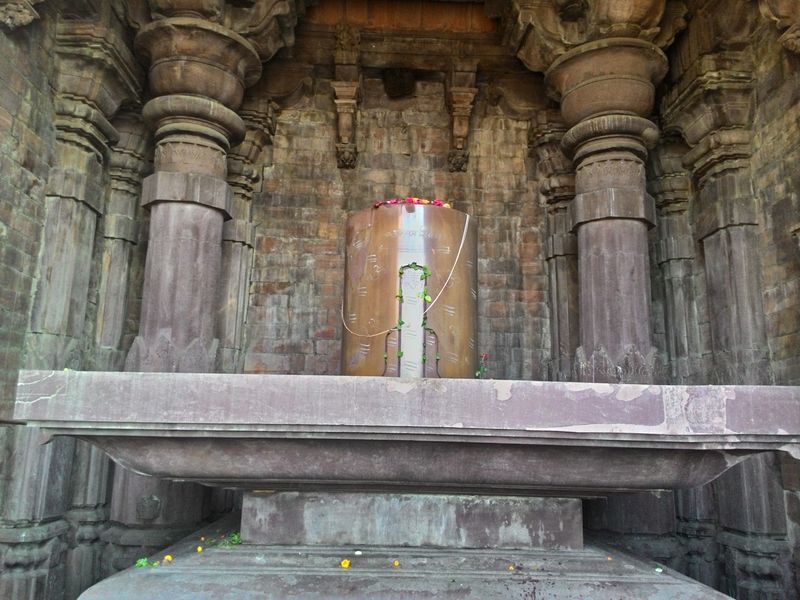
Lingam is constructed on a three-layered platform which is been measured as 21.5 feet from the corner with a height of 40 feet. Whereas the temple is present over a huge platform shaped base which is around 13 feet of height, spread over 82 feet and on a 115 feet long platform. The look of the temple is quite gigantic and from a far distance, the temple is visible due to its height. As the temple already lies on a hill and established on a huge platform which makes it look more impressive and big. The doorway of the temple is also beautifully carved, you can see small and precise work of architecture which shows the Hindu religious customs and practice.
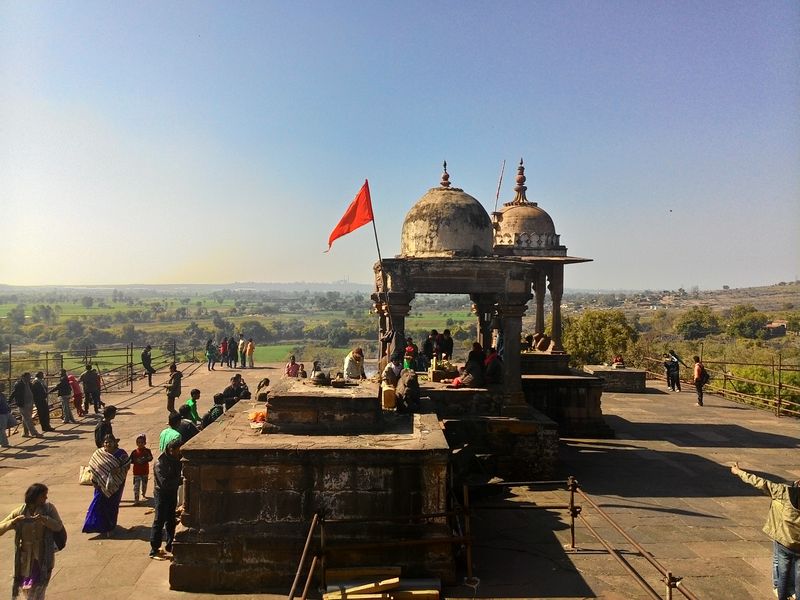
The architectural work is seen heavily outside and inside of the temple. The doorway alone is of 33 feet in height and features the images of female spirits who are positioned to welcome every devotee. The entire temple is made up of sandstone blocks which are always huge in size. Previously there were no wall windows on any side of the temple. Later the faux balcony was constructed just for visual looks. The temple is based on four strong pillars, who supports the weight of the entire temple. Some sub-pillars are also engraved through the walls of the temple which indirectly supports the temple. Later, a new small temple of Lord Shiva was established in front of huge Lingam. In the Hindu religion, worship can only be conducted in a complete built temple so a small temple was made for the worship of Lord Shiva.
Also Read: Explore Maheshwar – The Temple Town of Madhya Pradesh
Why The Temple Was Left Unfinished
A big mystery which still left unsolved is, why the temple left unfinished. There are no records or any document which tells why the construction of the temple was not finished. According to the legends, King Bhoja wanted to create a huge majestic temple of Lord Shiva, so he finalised the hilly place. There is a prime reason to select such a place, as the process of transportation can be easy. On the backside of the temple, there is a slope and it is estimated that from here the workers and other entire construction material was transported.
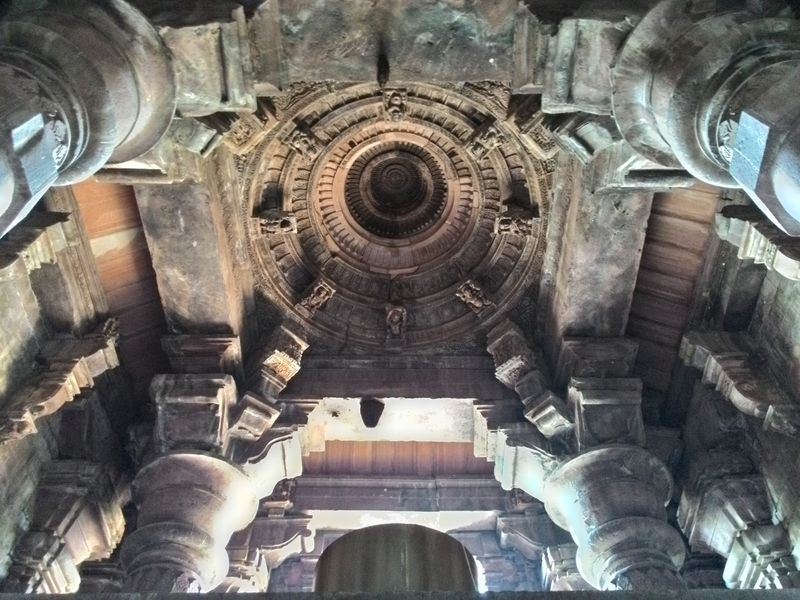
It is said that the temple was constructed in a single night. The King wanted to complete the temple in one night before the sunrise. So all the workers and the entire construction material like rocks, sandstone, pillars, etc, were called in advance so that it can be completed in a single night. The King started the work but the upper portion of the temple was not completed before the sunrise. Therefore, after sunrise entire work was stopped, there are no records of why the work stopped. Some archaeologist said they were running out of food and water and some said the King was on the peak of the war. Everyone has there own theory to explain. Later, the archaeological department of the government took control over the temple and added the fibreglass component on the top of the temple.
Collection of Antique Sculptures
There are several remains of antique sculpture spread over the premise of the temple. That’s why the archaeological Survey team of India has marked fences over here. As you visit the temple you will see fences over someplace, where you will see remains and antique sculpture of that era. Even inside the temple, there are some unique sculpture and idols of other Hindu gods that were not installed during the construction of the temple. As the temple was not completed so the tomb portion was left open, however, which allows the rainwater to enter inside the temple, due to which the sculptures and idols were damaged.
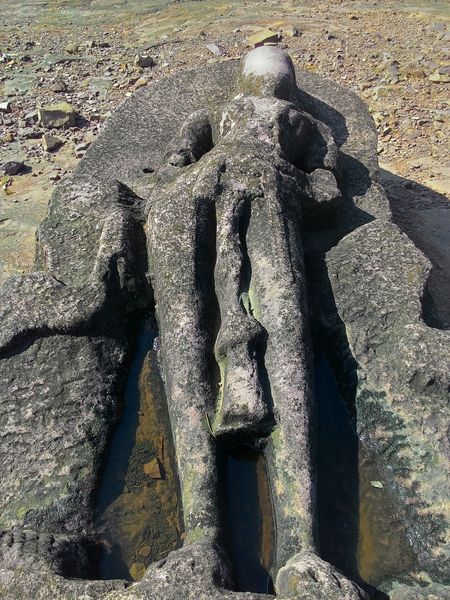
Later the government sealed the tomb with matching fibreglass which ultimately saved many idols and remains. Now, some of the idols which were made up of stones and hard material were shifted in an open area, and covered with fences. This allows the tourist and devotees to see and appreciate the style and refinement of architecture from that era. There is a museum inside the temple premise where a tourist can see the different phases of temple construction.
Some Nearby Places
Well, there are some other attractions nearby which you must see after seeing the Bhojpur Temple.
Jain Temple
The first place you need to go to is the Jain temple where you see a 6-meter tall statue of Jain God Shantinath. Even here also the idol is still unfinished. There are other two statues of Jain God Parshvanath and Suparshvanatha. This is also a great place to visit.
Temple of Goddess Parvati
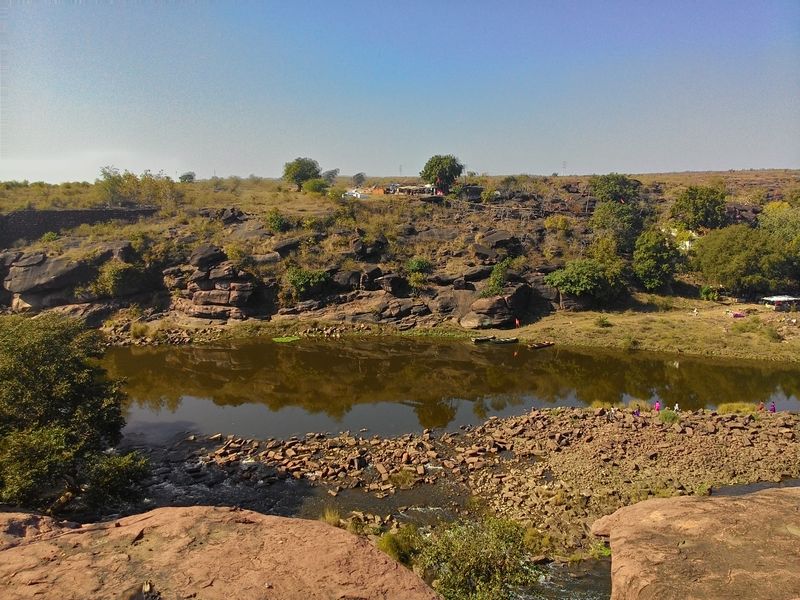
On the west side of the Bhojpur Temple floats the Betwa River, crossing the river you will see the temple of Goddess Parvati. Tourist who visits the temple does visit this shrine as it is on a small hill where you have to climb some steps to reach the top. There are small boats available on both the sides from where you can cross the river to reach the temple.
Also Read: Unsolved Mystery of 9 Most Bizarre Temples of India
In the end
Seeing a masterpiece by own eyes is totally a different feeling. It is hard to express that feeling, experiencing that comes when you see the art made by those who were less educated and had very fewer resources in comparison to today’s technology. It’s just a pleasant feeling to witness such a great structure.




